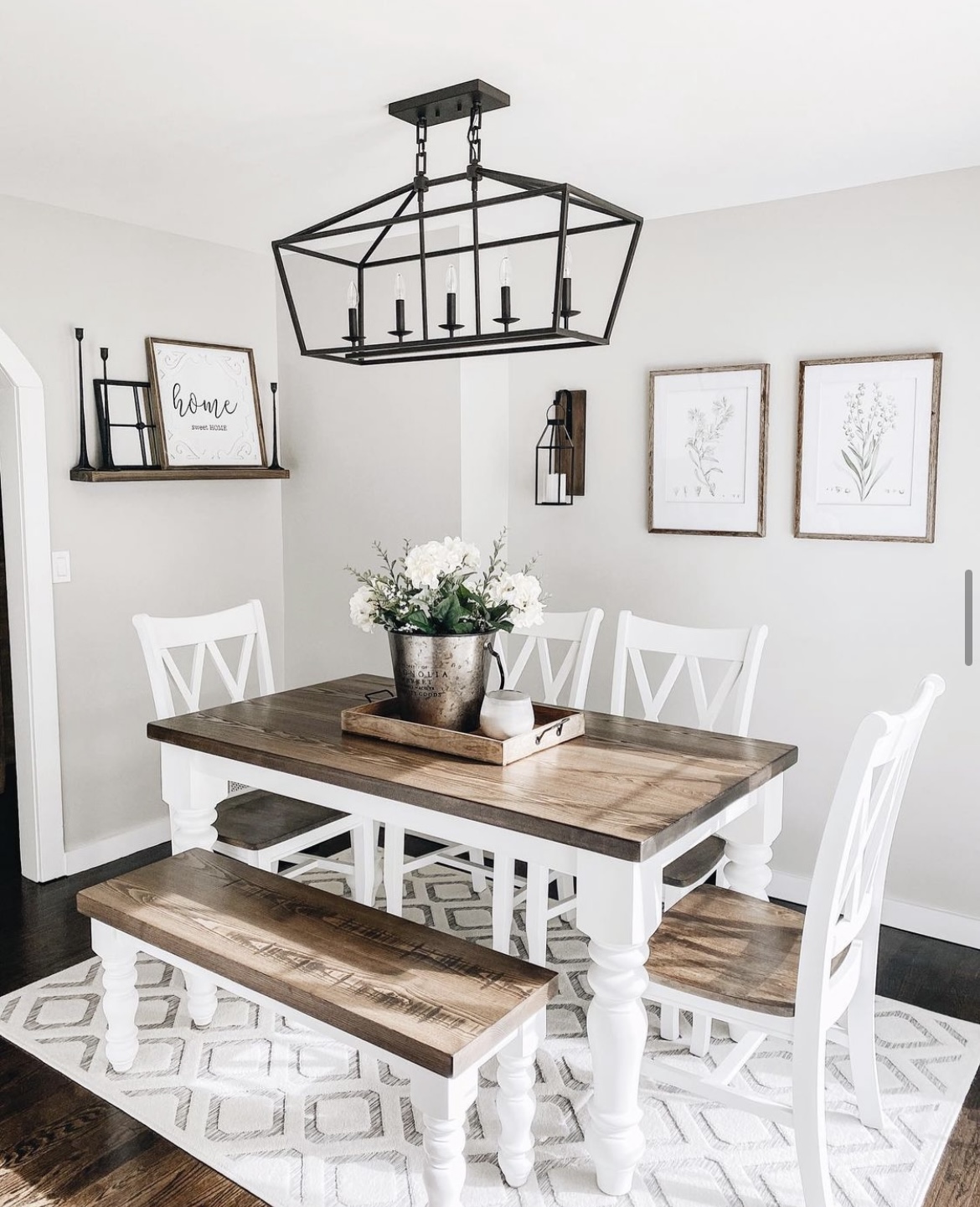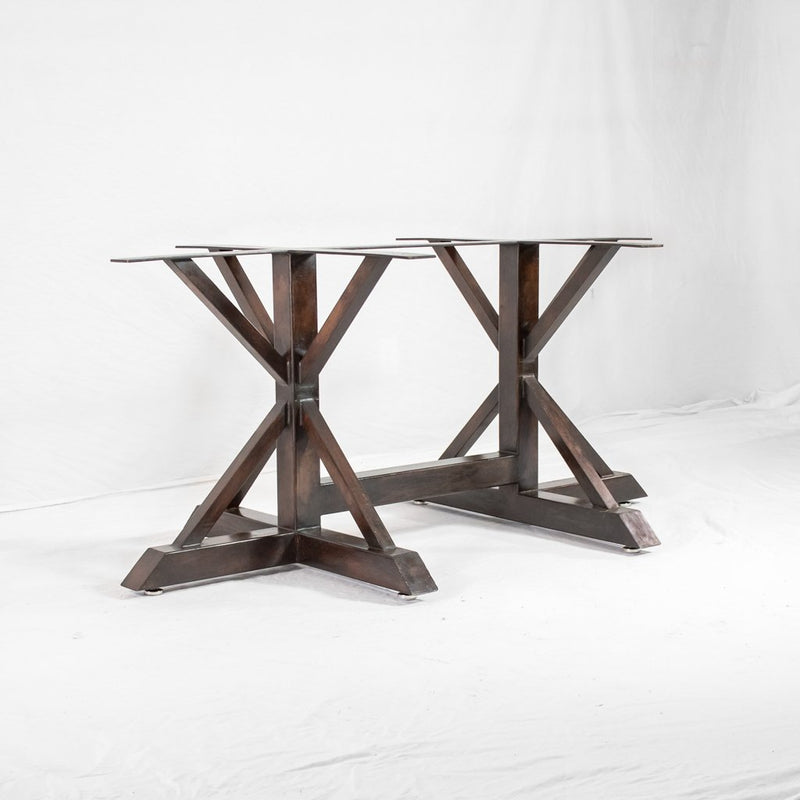Creative Ideas for Replacing or Refurbishing Your Dining Room Table Legs
Creative Ideas for Replacing or Refurbishing Your Dining Room Table Legs
Blog Article
Just How to Choose the Perfect Dining Area Table Legs for Your Home Décor
Picking the ideal dining room table legs is a nuanced process that requires careful consideration of different components, including your room restraints, aesthetic preferences, and useful needs. The interaction in between dimensions, materials, and designs can considerably influence the ambiance of your eating location, making it crucial to approach this choice carefully.
Assess Your Eating Area
Analyzing your eating area is vital for choosing the right table legs that match both visual appeals and performance. Begin by determining the measurements of your eating area, consisting of ceiling elevation, floor room, and distance to other furnishings. This info will help establish the proper dimension and elevation of your table, which directly influences the option of table legs.
Next, consider the design and design of your dining room. An open-concept design might profit from table legs that supply aesthetic lightness, such as slim metal or acrylic options. Conversely, a much more traditional setup might require durable wood legs that give a sense of durability.
Examine the existing shade combination and products in your eating location. Balancing the table legs with these aspects produces a cohesive look that improves the general style.
Ultimately, a complete analysis of your eating area will direct you in making a notified decision, ensuring that your table legs not only boost the aesthetic allure however likewise serve practical purposes.
Consider Your Design Preferences
When selecting dining room table legs, it is important to reflect on your personal design choices, as they substantially influence the overall aesthetic of your eating area. Your choice of table legs can either enhance or comparison with existing design, making it important to align them with your recommended interior decoration motif.
If your home leans in the direction of a contemporary aesthetic, consider streamlined metal or minimal wood legs that offer a clean, minimalist look. For a more traditional strategy, elaborate wooden legs with detailed makings can add a touch of style and elegance. Industrial designs take advantage of robust, raw products such as recovered wood and steel combinations, mirroring a tough beauty.
Furthermore, farmhouse and rustic styles often prefer sturdy, beefy legs that evoke a feeling of warmth and comfort. On the other hand, if your decoration is diverse, you may pick unusual shapes or a mix of products to create visual passion.

Evaluate Material Options
The option of product for eating area table legs plays a critical function in both resilience and aesthetic charm. Usual products consist of timber, metal, and composite choices, each offering unique features that can affect the overall look and longevity of your table.
Wood is a traditional selection, recognized for its heat and versatility. Hardwoods like oak and walnut offer outstanding toughness and can be finished in various spots to match any type of design. Softwoods like want are a lot more susceptible to scratches and dents, making them much less excellent for high-traffic areas.
Metal legs, typically crafted from steel or aluminum, exhibit modernity and industrial charm. They are resistant and highly sturdy to put on, making them appropriate for households with children or constant celebrations (dining room table legs). Furthermore, metal can be ended up in numerous colors, enhancing the modification opportunities
Composite materials, such as MDF or laminate, offer price and diverse designs. While commonly much less resilient than strong timber or metal, they can still give a fashionable appearance and are frequently very easy to preserve.
Ultimately, the product you select should straighten with your way of life, aesthetic choices, and the degree of usage your dining table will certainly experience.
Determine Elevation and Size
Choosing the suitable elevation and size for your dining-room table is vital for both functionality and convenience. The conventional elevation for dining tables typically ranges from 28 to 30 inches, permitting adequate legroom for most people when seated. However, it is crucial to consider the dimensions of your eating space and the kinds of chairs you intend to use.

Additionally, think about the percentages of your dining-room. A bigger table in a spacious area can develop a grand atmosphere, while a smaller sized table functions well in even more intimate setups. Ultimately, the best height and size will harmonize with your general decoration and boost the eating experience for you and your visitors.
Explore Customization Possibilities

Furthermore, the style of the legs can be customized to fit numerous designs, such as rustic, modern, or industrial. For example, tapered legs can evoke a mid-century modern-day feel, while chunky, block-style legs might resonate with traditional or farmhouse style.
Homeowners can also explore color surfaces, from all-natural wood discolorations to repaint, enabling them to match or comparison with the tabletop and bordering design.
Moreover, leg elevation can be gotten used to suit particular seating setups or personal choices, enhancing both convenience and functionality.
Last but not least, distinct decorations, such as carvings or blog here ornamental brackets, can additionally personalize the table legs, making the dining experience not simply a meal however a declaration piece in the home. By taking into consideration these customization choices, homeowners can produce an eating room table that genuinely reflects their individuality.
Final Thought
Picking the optimal eating room table legs requires cautious consideration of different variables, including the dimensions of the eating room, design preferences, material toughness, and desired height. Personalization choices better enhance the ability to accomplish a natural visual that enhances the total decor. By systematically assessing these aspects, home owners can ensure that the chosen table legs not only satisfy practical demands but additionally add favorably to the eating experience and setting of the home.
Picking the excellent eating area table legs is a nuanced procedure that calls for mindful factor to consider of numerous components, including your room restraints, visual choices, and functional requirements.Examining your dining space is important for choosing the right table legs that complement both looks and performance.When figuring out size, measure the area where the table will certainly be positioned to ensure it fits conveniently, allowing for at least 36 inches of clearance around the table for very easy activity. A larger table in a roomy area can develop a grand setting, while a smaller table works well in even more intimate setups.Choosing the blog here perfect dining area table legs calls for cautious consideration of numerous aspects, including the dimensions of the eating area, style choices, product sturdiness, and desired elevation.
Report this page